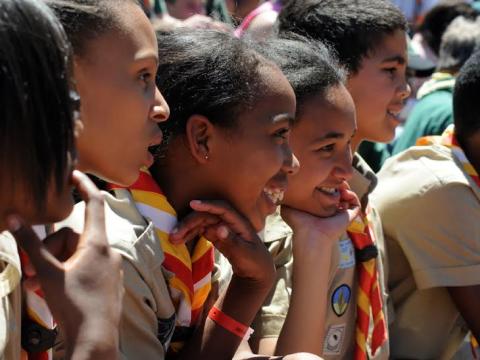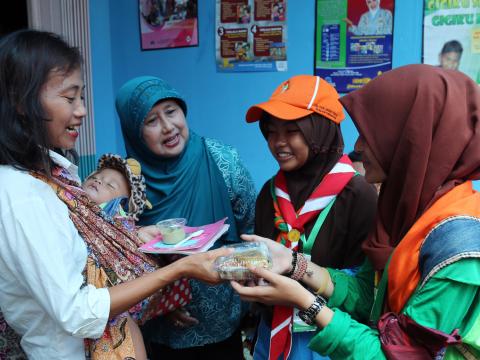Scouts Canada overcoming stigmas to strengthen child and youth safety

For more than 100 years, Scouts Canada has given millions of young people unique and enriching experiences towards developing important skills and values, encouraging them to be curious, adventurous, and responsible members of society.
Underpinning these life-changing journeys has been the provision of safe and fun spaces – both online and in-person – to foster growth and learning, supported by a culture of safety as well as comprehensive policies, resources, and guidelines for all Scouting activities.
As the country’s largest youth organisation, Scouts Canada has made safety and well-being central to everything that it does, rationalising that the more a person can connect with and understands a topic, the more those positive attitudes and behaviours become part of normal life.
By promoting a culture of openness and transparency at all levels, the National Scout Organization is overcoming social stigmas and cultural blockers to child safety by focusing on “we believe youth and prioritise a youth first approach and raising awareness this can happen in your group.”
Among major changes made over the last decade has been in better safeguarding at the local level with improved reporting mechanisms. The organisation has made it easier for youth and parents to report abuse or harassment using a variety of channels – including by telephone, email, websites, and even fax – and developed a centralised, mandatory reporting system so that reports are managed and addressed in a consistent manner.
“We put forth a process where reports are acknowledged at face value and established consistent and principled, professional approach - with the Safe Scouting team - dedicated to youth protection and safety,” said Patrick Campbell, Manager for Safe Scouting at Scouts Canada.
Another is the “Two Scouter Rule”, which states that two fully screened volunteers must be with youth at all times. An integral part of Scouts Canada’s code of conduct, the rule applies to all volunteers and staff as a means of maintaining youth safety by barring one-to-one contact.
A multi-layered approach
Complementing commitments to Safe from Harm from senior leadership, having a focus on safety is also encouraged among young people through programmes like the Canadian Path.
Open to Scouts aged five to 26, Canadian Path plays a significant role in promoting positive behaviour through the organisation’s “Plan-Do-Review” learning model. Implemented in all areas, including safety, it sees young people play an active role in shaping programmes and addressing barriers by providing input, putting actions into practise, and later reflecting on ways to further improve in the future.
Scouts Canada’s also targets harmful behaviours, which can take shape in many forms such as bullying, abuse, harassment, or discrimination (BAHD). Here, the organisation partnered with outside experts to advance various training requirements, including mandatory youth safety training, which was led by the Respect Group, a Canadian leader in youth safety and abuse prevention training.
“All forms of BAHD behaviours are unacceptable and must be addressed appropriately,” Campbell said.
Scouts Canada has also leveraged expertise from within the Scouting Movement using materials from Scouts UK to develop their Safe Scouting team and working with BSA and Scouts UK on injury, injury prevention, and data sharing. It engaged with other members to ensure the progress of its safety journey, including by taking part in Safe from Harm workshops with the World Organization of the Scout Movement’s (WOSM) Interamerica Scout Region and other members. Underlining the magnitude of child and youth safety, the organisation presented its Safe from Harm framework at its annual conference in 2021.
But its work is not done. By the end of the current triennium, which ends in 2024, Scouts Canada aims to put even more focus on including youth in safety processes all while continually monitoring and improving existing processes using WOSM’s Safe from Harm Assessment Tool. Through better reporting, awareness, and consistency, the organisation hopes to drive its message of safety ever further to ensure that youth become more well-rounded individuals and developed individuals in the world.
“We must meet the expectations of our parents and the community to keep children safe and ensure that youth leave us better than when they arrived,” Campbell said.


